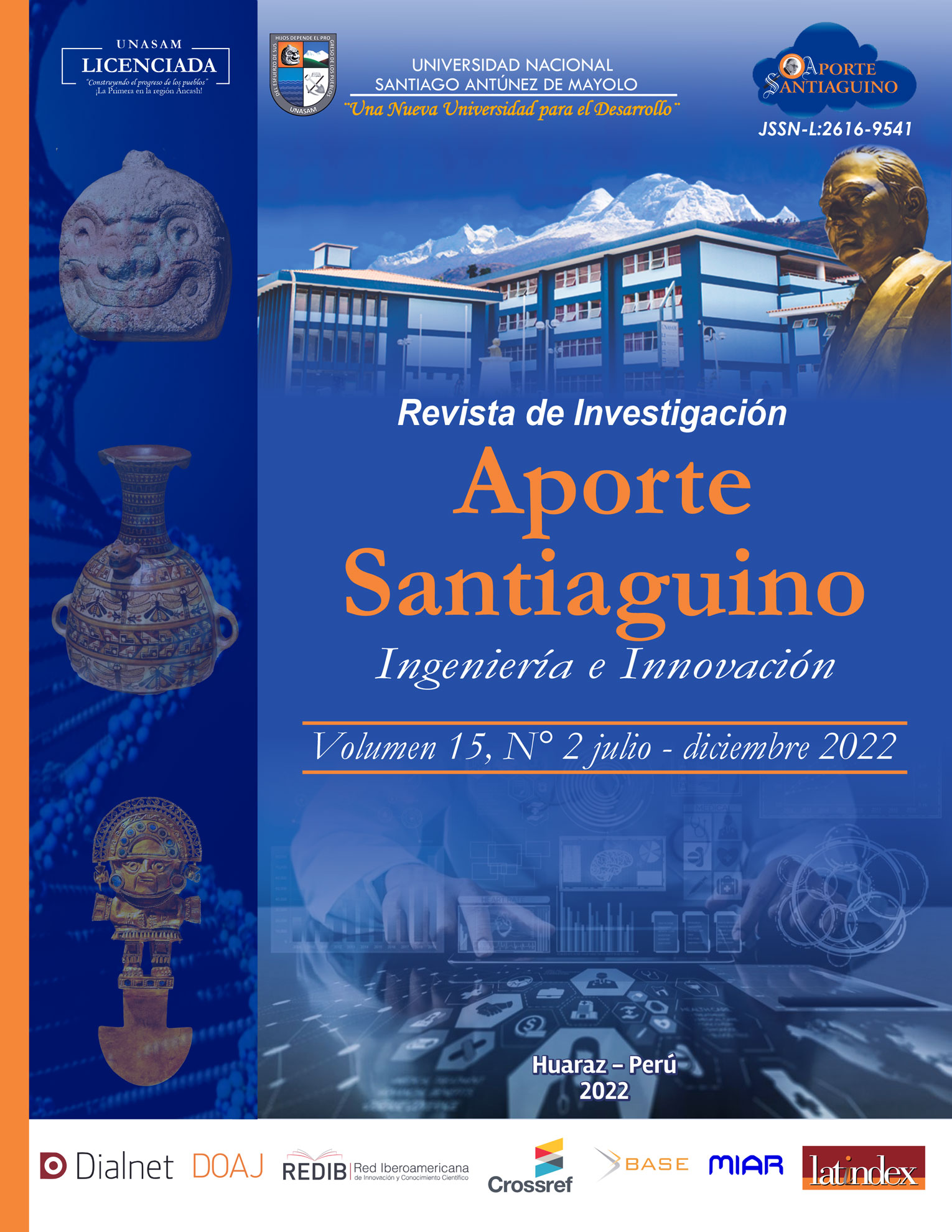Teoría de la Luna volcánica, ¿TES y TEV son aplicables a otros cuerpos celestes?
DOI:
https://doi.org/10.32911/as.2022.v15.n2.949Palabras clave:
Teoría de la Energía Sísmica, Teoría de la Energía Volcánica, la Luna, actividad volcánica intensa.Resumen
Al valorar lo planteado en la Teoría de la Energía Sísmica (TES) y la Teoría de la Energía Volcánica (TEV) (entre otros pormenores, precisan la importancia de analizar a la Tierra como un todo, es decir, como un cuerpo) reflexionamos que para que sean teorías universales deben de ser aplicables a otros cuerpos celestes o por lo menos brindarnos algunas respuestas por analogía. Por ello, principalmente nos centraros en estudiar a nuestro satélite natural, la Luna, debido a que por su cercanía a la Tierra es el cuerpo celeste del que poseemos mayor información, no pudiendo evitar hacer un análisis referencial con otros cuerpos celestes. A la investigación se revela que la Luna ha tenido las condiciones para una actividad volcánica muy intensa, a consecuencia de ello la consumación de los componentes reactivos han sido en menos tiempo (en comparación con la actividad volcánica terrestre), por ello, a diferencia de la Tierra, en la Luna pronto la actividad volcánica cesó, dejando vestigios que nos traducen ese pasado violento con abundantes conos volcánicos activos, lo suficiente como para formar mares de lava que se conservan hasta nuestros días, los que los observamos en un ambiente gris de aparente eternidad.





















